SLC22-W3 / Human Rights (HR)
Part 1
Introduction
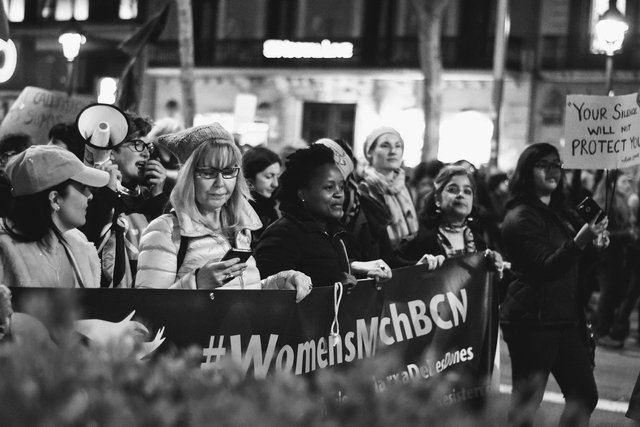
source
Our global society is witnesses a rapid advance in the science, constantly developing technological advancement and fasten interconnection between individuals and nations; it is imperative to remain keen, strong and consistent on the values that guide the society. Never had human rights protection, the bedrock of our humanity, been so needed. This period we find ourselves offers a good point to look at how human rights are within our country. This brings the question, are we as citizens and stewards of this world living up to the standards of every human’s worth or are we, once again, off the track with Justice and Equality on our center? In order to outline the answers for these important questions, let us embark for the compelling discovery of the essence and meaning of the human rights’ concept, as experienced within the boundaries of our country.
An Analysis of the human Rights and their Position within the Constitution
Any one will agree that human rights form the very essence of our political system and the Constitution – the protector of these rights in our country. As for the Constitution of our country it always points to the fact of superiority of human rights and their protection and promotion. This alignment means that human rights are, in fact, post-Constitutional, which means that they are beyond our Constitution and even the official structures. In other words, all of them are the soul of our nation’s fire which is beyond the physical and time barriers of existence. Consequently, the Constitution affirm and value the worth of the all people upon which it is assumes that every man has a right to be treated as equal and fairly without discriminating him on the basis of his creed, color or class.
In addition, our country is a party to numerous international treaties on human rights, that clearly illustrate its continuous determination to protect the inviolability of these principles. In signing these covenants, we pledge not only to give respect and enforce the rights stipulated therein, but also guarantee our principled war against the remaining injustice in society.
Are the Rights of Man Real in Principle?
But this leads to a rather uncouth hypothetical question; are these lofty ideals, these constitutional pledges, and international covenants really fully translated into concrete reality? We are not the pessimists – we are the fully dedicated; the bitter reality is that even so we see and face many obstacles in the way of progress. In our country today, there are well-rooted unbalances, discriminations, voices, and unfairness in all levels of society that blindly our dreams and put at risk the spirit of human rights.
This is something that remains a major concern in most organizations the world over; there is unequal representation of genders. Even though the Constitution and numerous other international conventions recognize women’s and men’s equal right, in real life, women have numerous limitations to becoming economically, politically, and socially active. The gender discrimination and violence still subsists, which are hampering the coming out of women and allowing woman for the realization of the best of her. Also, the presence of female leaders remains a problem because they do not wreck the system to ensure that the inequalities are eradicated.
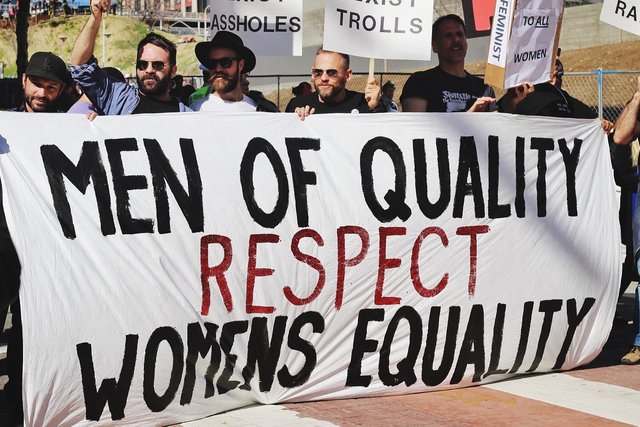
source
Corruption remains one of the, if not the, latest, and largest threat of human rights in our country. Such predatory ransack, scandal and corruption that matures and proliferates in all sectors of the Kenyan society .Corruption has very adverse effects on human rights to the extent that it sustains a culture of nepotism where elites and powerful individuals in any given society can abuse vulnerable individuals who in turn are locked out of any opportunity they deserve by law. It removes people’s agency, it takes away their dreams, breaking their power in the face of the unrelenting oppressive onslaught around them.
However, our country has a problem regarding the rights of the indigenous people in our locality. Although section 3 of the Constitution acknowledges the enabling of and the protection of the rights of indigenous people, the groups are still sorely oppressed and in poor conditions. Such groups of people are subjected to structural marginalization and such structural marginalization has serious implication; such people are easier targets for economic and social exploitation, displacement and deculturation. It, therefore, deems it relevant that concerns brought by indigenous societies be met to bolster the MN government’s assertion of human right importance and fair development.
Therefore, I should say that we can not describe the situation with human rights in our country as simple and should pay attention and give the commitment. In accepting the fact and acknowledging that we have some hurdles to leap, we shall be making considerable strides to implement our human rights principles. In order to be true to the constitution and signed international treaties; it is important for Kenya to ask questions continually on the practices and adjust as appropriate to meet the standards of the constitution and the treaties signed.
At the advent of the new epoch of human development let us remember that the worth and value of the human person is our beacon. Being unashamedly idealistic we can work for the future we want and deserve, a world where every individual, no matter race, color, or class can have a shot at the chance to live the life of a free and equal human being. It is thus our moral responsibility as a society, and as the bearers of our nation’s colorful and aromatic fabric of human rights protection to respond to this call and thus become the custodians of humanity in the protection of human rights.
Part 2
In south central region of Asia exists a country that rich in diversities, and complex histories, and continuously grapplings with poor human rights record. This article provides an understanding the oversight organizations, their effectiveness, and client experience in the context of Pakistan’s complex rights regime.Human Rights Commission of Pakistan for short HRCP is one of the leading humanitarian organization, acting in protection of human rights in Pakistan.
Human Rights Commission of Pakistan (HRCP) is the largest and most credible Non-Governmental organization as far as the domain of human rights is concerned in Pakistan.
Formed in 1987, the HRCP has continued to do all it can to champion citizens’ rights in the face of continual hurdles.
Currently the HRCP works through monitoring and reporting of human rights violations in the country. These two’s annual reports and detailed investigations continue to help shed light and open up dialogue over the numerous violations of human rights happening. From the ethno-religious tensions to the violence against women and minority political oppression, Pakistan’s journey towards rights is outlined at the HRCP.
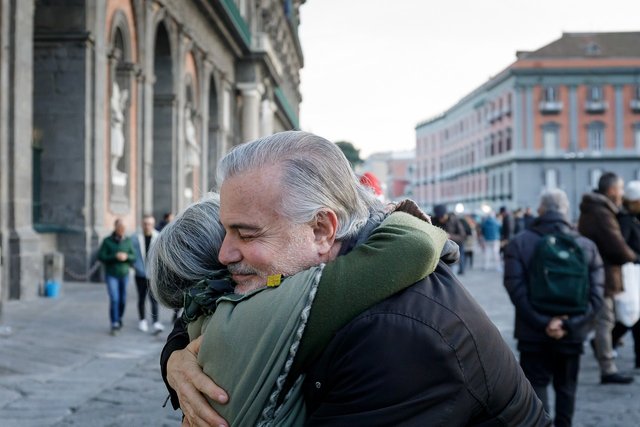
source
Its existence has unarguably helped generate discussion and campaigns on human rights but in terms of triggering observable change in policies and practices the impact of the HRCP is somewhat limited. The complexity of politics in Pakistan, and sometimes attacks on human rights activists limit the work of the organization. Although the organisation fights on, it still fights for people’s rights, to empower people and to uphold human dignity in the face of persecution.
Violations of Human Rights in Pakistan
Afrin's Story
Likely, Afrin’s experiences resonate with a significant number of the population within Pakistan. They got married when she was only 13 and her husband’s family became her prison. They treated me like their possesion, that is according to my in-laws.” For real, I was beaten, starved and all sorts of insults he rained on me every single day,” she said , staring in the distant.
She finally built up the courage to escape, and when she did finally pull it together and leave, she went to women’s shelter, a safe house for women who survive gender motivated violence. ‘Yes,’ she says with more confidence ‘There, I learned my rights’. Looking the feels of other women, I understood that I am not the only one and I have a right to justice.
Afrin’s case is an example of the worse form, but it clearly depicts that inequality between genders still exists in Pakistan. Women’s shelter along with Aurat Foundation and Shirkat Gah have done an excellent job in empowering women after providing them a voice in case of human rights abuse.
Zain's Story
The third type of violation is where Zain, a young ethnic Pashtun man, had to endure. His case represent the narratives that many members of the minority group of the Pashtun have suffered from rights abuses and ethnic profiling.
One day while driving as passengers in a car that was stopped by law enforcement officers, Zain and his friends were abused and had conductors inserted into their anus. Zain, who testified to become a member of the Pashtun Tahafuz Movement (PTM), foreshadowing the dangers of doing what most would never consider in the wake of the PSYCHOSIS swirling about the community.
However, their voices tend to go unheard anyway. Demonstrators are arrested, kidnapped or killed. One could learn from Zain’s story the danger of the rights when the military and intelligence serve prevalent in a country.
Conclusion
Human rights related issues in Pakistan are best understood as a convergence of socio-political sets, religious beliefs, and strong patriarchal culture. In other words, there are also the Human Rights Commission of Pakistan and many other organizations in other working in harmony of people's awareness and demanding justice. Yet, systematic barriers remain a problem in averting their utility.
In the series of efforts to claim their rights, as in the cases of Afrin and Zain, the process has been consistently dangerous for many people. But hard work, and people banding together, always bring hope. In the midst of the noise its important to keep raising such voices, to keep having conversations and keep working towards change. It is unclear whether the human rights in Pakistan searches will stop and the human rights fighters will give up, but it needs constant courage and support.
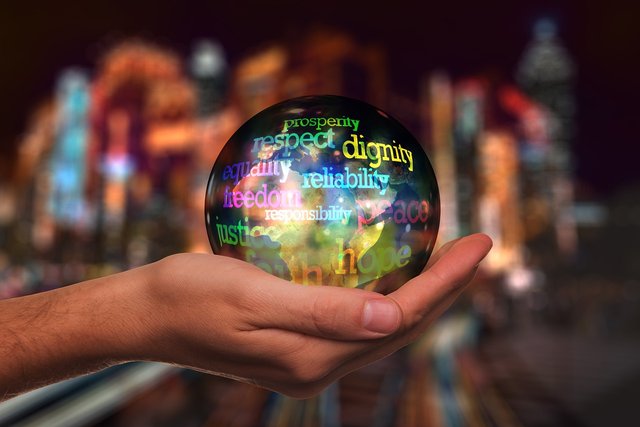.jpg)
Part 3
Case Study 1:
In this case, it is clearly seen that both the victim human right and the mother human right violate in one way or the other. The right to life which is in accordance to the article 4 of American convention on human rights has clearly been infringed. They shot and killed his alleged son hence prosecuting the attackers works a violation of his right to life. Also the right to be free from cruel, inhuman or degrading treatment, as stipulated under Article 5 of the same convention has also been violated for the mother.In my opinion the death of her son has made her undergo through pain, anguish and grief, the aspects concerning her rights have been violated.
As for whether the complaint to the Inter-American Commission on Human Rights (IACHR) should be admitted or not, it would be appropriate to consider the following factors:
1. Exhaustion of domestic remedies: Normally, the IACHR would also expect the director of a petition to avail him or herself of all the domestic legal remedies in the country.. In this instance, the woman has attempted to seek domestic legal redress, as even in this case the male attackers were arrested, prosecuted, and put into prison. Hence, it seems that this requirement has been met.
2. Admissibility requirements:The following will be used to determine the complaint’s admissibility: afetasitium (the matter is not currently in another international proceeding), juridicitium (the state has accepted IACHR jurisdiction) and competence ratione materiae (the Commission’s subject matter jurisdiction.) However, when it comes to the present grievance, it seems to satisfy these requisites.
This has made me to think that the IACHR should admit the complaint. The complaint of the mother is also directed at their rights infringement which is occasioned by the murder of her son, and consequent bereavement. By resolving these, the State meets the conditions of justice and reparation for the victim and the mother and also reparation and non-repetition.
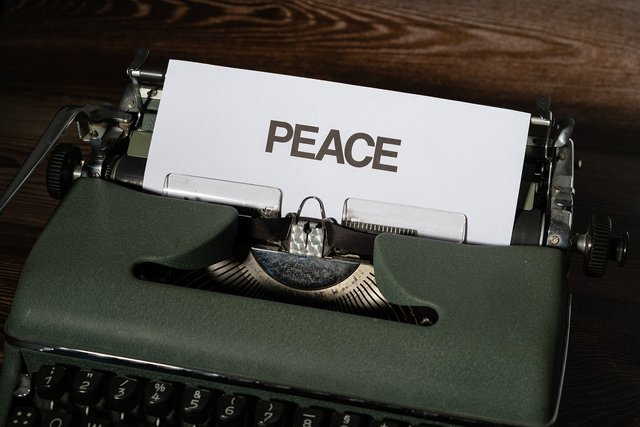
Case Study 2:
Here, as well, the rights of the victim and his or her family have been abused in many ways regarding the rights of human being. The right to life is a right guaranteed in Article 4 of the American Convention on Human Rights, but those police officers took his or her life in the middle of an unauthorised anti-government protest. In addition, there is the violation of humanitarian treatment under Article 5 of the same convention. A case of justice and indemnification that was denied because the case was settled without a proper explanation or a naming of the offenders. This lack of response has further eroded the very rights enshrined in humane treatment of the family adding onto their grief and anguish impunity.
These rights have been violated as the prosecutor failed to point out the perpetrator(s) while the fail as a whole not to prosecute the officers involved in the case. The omission to continue the investigation in the particular case and stop the process after several years and the case was solved without providing any result is such inaction of the State and undermines aforementioned rights.
In addition, the lack of action by the State in this case could lead to the human rights abuse and impunity in the country due to poor adherence to rule of law in general and to the rights of other parties, which would experience the same at some time to come. This would be in violation of the State’s responsibility to protect human rights and guarantee that any person within its territory can access such rights as are contemplated in the American Convention on Human Rights.
As for the result, it is possible to state that all the human rights of the victim and his/her family were violated, therefore this complaint has to be admitted by the Inter-American Commission on Human Rights. To this end, the IACHR should treat this case and is entitled to work to guarantee that the State offers justice, reparation and non-repetition in respect of the victim and his/her family, nor any other individual, that may suffer human rights ‘violation in the future.


@neelofar
@radjasalman
@suboohi


🚩 MORE AI generated Content 🚩
Hola @shano49. Es necesario que coloques y cites la fuente de la cual extrajiste o te apoyaste para desarrollar tu publicación. Gracias